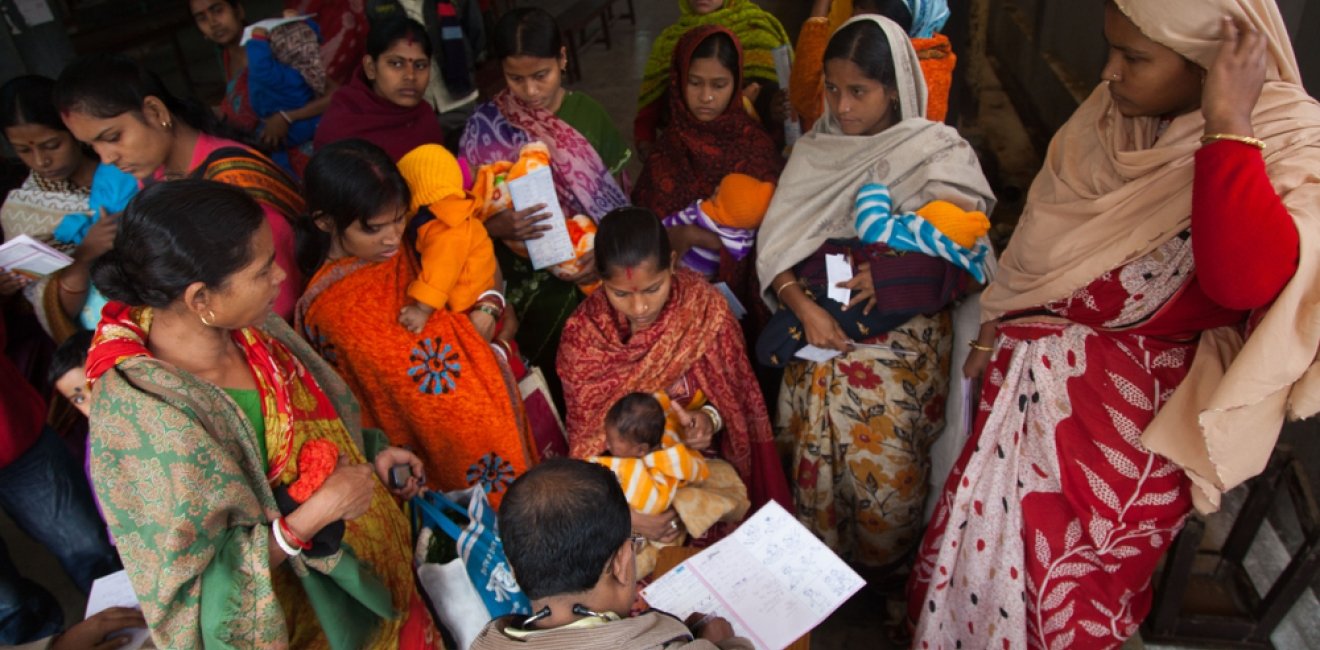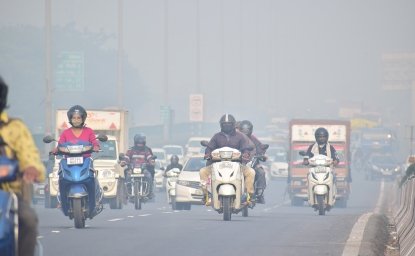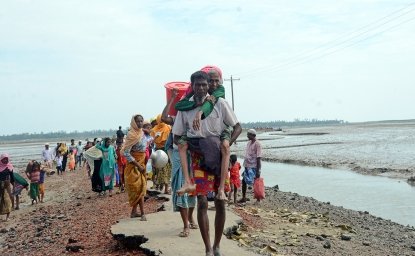
A blog of the Wilson Center

Women spend 25% more time in poor health than men.
While women generally live six years longer than men, a new report from the World Economic Forum and McKinsey Health Institute finds that women will spend an average of nine years in poor health throughout their lifetimes (men average a little over seven years). What’s more, it found that “women are most likely to be affected by a sex-specific condition between the ages of 15 and 50.” Years that are vital to a woman’s potential to support herself and others.
While women’s health is often simplified to focus more on sexual and reproductive health, the report found that 47% of women’s health burden is related to broader conditions that affect women disproportionately, including headaches disorders, autoimmune diseases, and depression. Another 4% is related to conditions that affect women differently, such as atrial fibrillation and colon cancer. And while sexual and maternal health conditions make up just 5% of women’s disease burden, they also contribute to life-long disabilities. For example, gestational hypertension can lead to chronic hypertension, and women who develop gestational diabetes have a 50% risk of developing type 2 diabetes.
Interestingly, there are diseases that men and women share equally: heart disease and stroke are the biggest contributors to disease burden globally for both men and women. But even under these more equivalent cases, women have a 20% higher age-adjusted risk of death from these conditions.
According to the report, disparities in the availability of testing and early detection are major drivers in the “health gap” between men and women, and this extends to the testing of common diseases. A multi-year women’s health study from the Hologic Global Women’s Health Index found that as recently as 2021, six in 10 women were not tested for diseases such as heart disease, cancer, and diabetes. In other words, 1.5 billion women across the world aren’t being checked for some of the most common killers, and many of these diseases or conditions are treatable if caught early, like heart disease.
The gap between men and women in terms of years spent in poor health is also aggravated by a lack of early detection in sexually transmitted diseases. The Hologic Index found that in the past year only 11% of women worldwide were tested for sexually transmitted diseases and infections (STD/STI). Programs like America’s PEPFAR—the President’s Emergency Plan for AIDS Relief—have improved testing in regions like Sub-Saharan Africa where countries including Zambia, Uganda, Tanzania, and Namibia have significantly boosted STD/STI testing. Since 56% of new adult HIV infections in Sub-Saharan Africa are in women, this testing is crucial for both improving the lives of HIV positive women and reducing the spread of HIV and AIDS. By contrast, in countries such as Lebanon, Tunisia, and Indonesia, where HIV infections are rapidly on the rise, only 1% of women reported that they’d been tested in the past year.
In November, President Biden launched the White House Initiative on Women’s Health, and last week issued an executive order aiming to accelerate research and expand access to programs and tools for detecting and treating health conditions that affect women “uniquely, disproportionately, or differently.” In support of the executive order, the administration noted that improving women’s health isn’t simply important for women and their families, it advances opportunities and conditions for everyone.
As the World Economic Forum/McKinsey report notes, “better health is correlated with economic prosperity. The women’s health gap equates to 75 million years of life lost due to poor health or early death per year, the equivalent of seven days per woman per year.” Their research suggests greater investments in women’s health could boost the global economy overall by $1 trillion (about $3,100 per person in the US) per year in the next fifteen years—a 1.7% increase in the average per capita GDP.
Healthier women create more, produce more, and everyone is the better for it.
This blog was researched and drafted with assistance from Camila Guerrero.
Author

Explore More in Stubborn Things
Browse Stubborn Things
China and the Chocolate Factory

India: Economic Growth, Environmental Realities

From Under the Seas and Up to the Cloud
